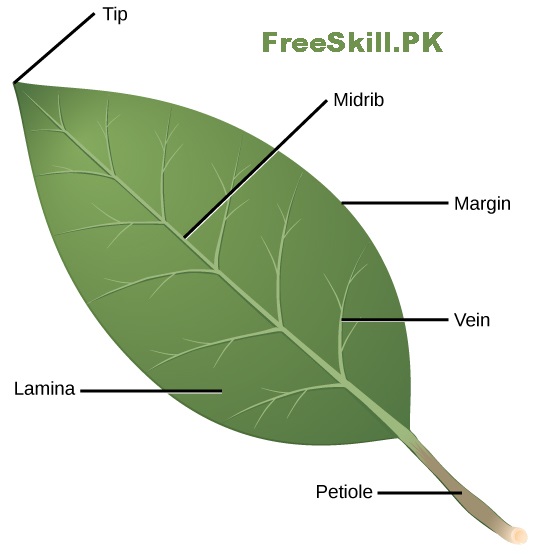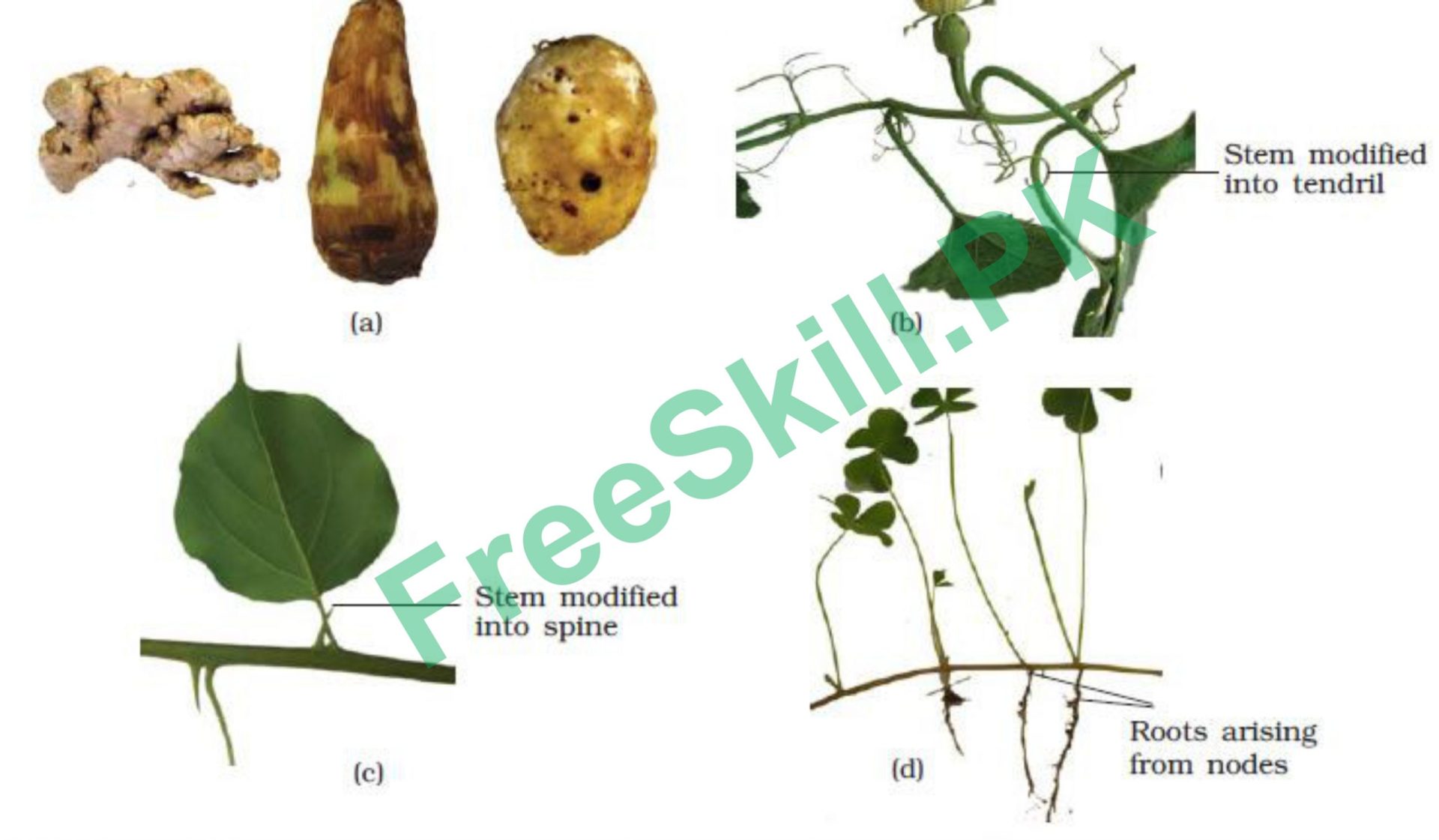Types Of Leaves – Consist of flat lateral growth of stems, which develop from a node with a bud on its axis. It is usually green and can used as food for the whole plant. The leaves absorb water and carbon dioxide and convert them into carbohydrates in the presence of sunlight and chlorophyll. The leaves always follow the parietal growth and are exogenous.
Different Types of Leaves With Names
There are two major types of leaves-simple and compound, which further divided into different groups based on their size, shape, their arrangement on the stem, the leaves of flowering and non-flowering plants, and various other physical characteristics.

Simple Leaf
Single leaf connected to the main stem by a petiole, the leaf considered simple. A simple leaf can cut to any depth, but not to the midrib or petiole. Such as guava leaves
Compound Leaf
Compound leaves composed of two or more leaflets. In compound leaves, the central vein of the leaf divided into individual leaves and attached to a single stem For example, peas, palm leaves.
Structure of a Leaf
Leaves thin and flat organs responsible for photosynthesis of plants. It developed on the node. It is an important part of the branch system, which originates from the apical meristem.
The structure of the leaf described in detail below:

Parts of a Leaf
Leaf base: This is the part of the leaf attached to the stem. The leaf base is composed of two small leaf-like structures called stipules. In rice, wheat, and other monocots, it expands the base of the leaf and covers the stem.
Petiole: The petiole is an elongated stem that connects the leaf and stem.
Lamina: This is the green flat surface of the leaf. It consists of a small branch vein and veins. The vein running in the middle of the lamina called the median vein. The midrib divides the surface of the lamina into two parts. These veins and veins give the leaves rigidity and facilitate the transportation of water and other substances.
Modification Of Leaves
We know that the leaves used exclusively for photosynthesis. In addition, they must also play other important roles, such as support, food storage, defense, etc. For each of these functions, they have modified in various forms.
For example, the tendrils of peas, the thorns of cacti, the bulbs of onions, and the leaves of insectivorous plants are all modified leaves. Let’s take a look at some of the modifications of the leaves in detail:
Photosynthesis
Photosynthesis is the main function of leaves. They convert carbon dioxide, water and ultraviolet light into glucose through photosynthesis.
Transpiration
Transpiration is the transfer of excess water from plants to the atmosphere. This occurs due to the opening of the stomata present in the leaves.
Guttation
When the stomata are closed, the removal of excess water from the xylem at the edge of the leaf called viscera.
Storage
Leaves are the place of photosynthesis. Therefore, they store water and nutrients. The juicy and thick leaves are particularly suitable for water storage.
Defense
Modification Leave Definition
Some leaves modified into spines to protect them from being damage or eaten by animals.

Each leaf usually has a leaf, called the lamina, this widest part of the leaf. Some leaves attached to the stem of the plant through the petiole. Those leaves that do not have a stem and directly attached to the stem of the plant called sessile leaves. The leaves also have stipules, and small green appendages usually found at the base of the petiole. Most leaves have a central vein that extends down the length of the leaf and branches to each side to form the veins of vascular tissue. The edge of the leaf called the edge.
The vascular tissue forms the veins within each leaf. The arrangement of leaf veins called vein pattern. The positioning patterns of monocots and dicots are different. Monocots have parallel leaf veins, where the veins extend straight along the length of the leaf but do not converge. However, in dicots, leaf veins have a net-like appearance, forming a pattern called net-like veins. Ginkgo is an example of a dicotyledonous plant.
What Is Comparative Embryology?